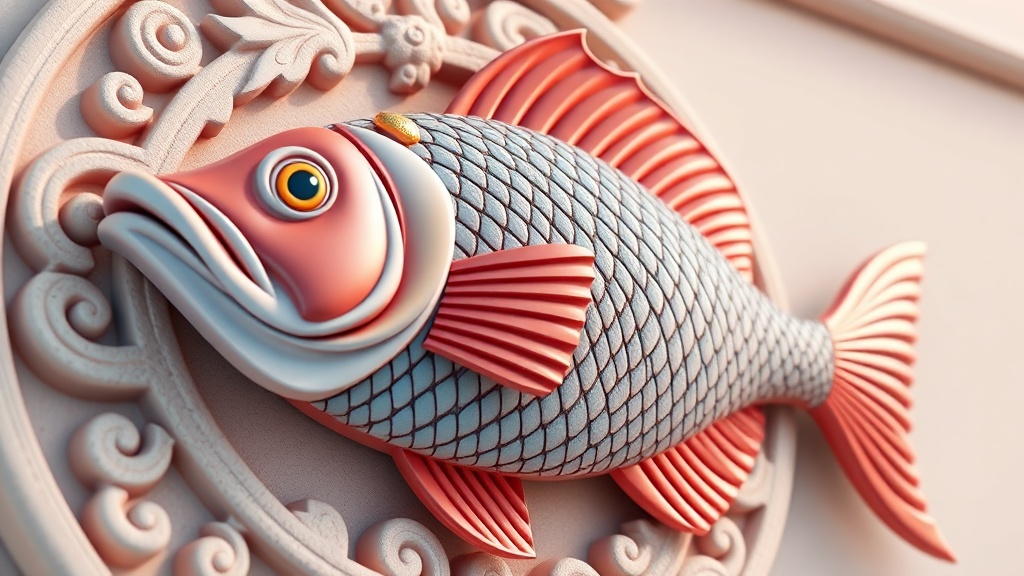Home / Arts and Entertainment / Lucknow's Iconic Twin Fish Symbol: A Timeless Emblem of Awadhi Heritage
Lucknow's Iconic Twin Fish Symbol: A Timeless Emblem of Awadhi Heritage
23 Oct
Summary
- Lucknow's twin fish symbol, the Mahi Maratib, holds deep cultural significance in Awadhi tradition
- The symbol originated from a legendary event during the Mughal era and became a prestigious battle standard
- The twin fish motif is prominently featured across Lucknow's historical monuments and architecture

In the heart of Uttar Pradesh's capital, Lucknow, a majestic emblem has been silently captivating the imagination of residents, visitors, and travelers alike. This iconic symbol is the twin fish, known as the Mahi Maratib, which holds deep cultural significance in the Awadhi tradition.
The story behind this distinctive motif dates back to the Mughal era. According to historians, the twin fish emblem was adopted as a prestigious symbol by the Nawabs of Awadh after a legendary event. During a river voyage from Farrukhabad to Lucknow, Nawab Saadat Khan, the first Nawab of Awadh, had two fish leap into his lap, which he considered an auspicious sign of good fortune. This event led to the adoption of the twin-fish motif as the official emblem of the state of Awadh, a tradition that continued even after the region became part of Uttar Pradesh.
The Mahi Maratib, which originated in Persia, was a fierce-looking double fish head mounted on a staff and carried in war behind the king or commander. It represented honor, bravery, power, and the emperor's favor, and was bestowed upon the Nawabs as loyal allies of the Mughal Empire. Over time, the twin fish symbol became an integral part of Lucknow's cultural identity, meticulously carved on buildings, monuments, coins, and official documents throughout the region.
Today, the twin fish motif continues to swim through Lucknow's cultural consciousness, adorning the gates of iconic structures like the Rumi Darwaza, Bara Imambara, and Chhota Imambara. From ancient buildings to contemporary art, this timeless emblem stands as a testament to the city's glorious past and its enduring Awadhi heritage.




